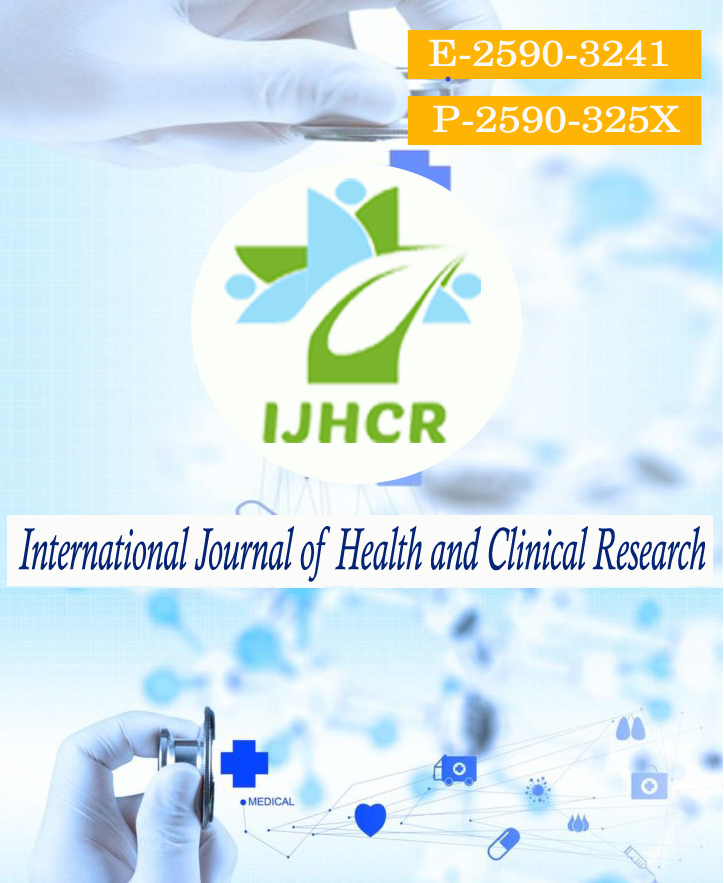Role of Plain Radiography and MRI in Evaluation of Spinal Tuberculosis
Keywords:
Potts spine, MRIAbstract
Background and purpose: Tuberculosis is one of the oldest disease prevalent in India since ages caused by Mycobacterium tuberculosis. There are many forms of tuberculosis in which spinal tuberculosis accounts for 2% of all forms.The mode of infection is through hematogenous route.
The clinical features ranges from simple back pain, tenderness, stiffness, deformities of spine.The plain radiography spine is the initial modality of choice in developing countries as it it easily available and cost effective, but can’t diagnose the early changes in the disease.In the recent era CT, MRI and PET are frequently used modalities for diagnosing spinal tuberculosis. MRI can be used for early diagnosis due to its high soft tissue contrast resolution and multiplanar reconstruction can be done to identify spinal cord involvement and neural elements involvement. Early diagnosis is important to avoid bone deformities and spinal cord compression to the benefit of the patient.The aim is to study the sensitivity and specificity of radiograph and MRI in evaluating the disease manifestations of spinal tuberculosis.Methods: We studied plain radiographs and MRI spine of 60 patients who presented to radiology department with complaints of low backache.Results: Plain radiographs were used to detect bony abnormalities, paravertebral densities. MRI is used to detect soft tissue changes ,paravertebral abscesses .ADC and DWI were used to diagnose abscesses.Conclusion: MRI is superior to radiographs in identifying soft tissue changes, neural involvement, spinal cord involvement. MRI is more sensitive to detect the severity and extent of disease process. MRI is more superior for early diagnosis of Potts spine and in various stages of disease progression and follow up after treatment.
Downloads
Published
How to Cite
Issue
Section
License
Copyright (c) 2022 Akshay Bhanudas, Swetha Ronanki, Vummaneni Latha mounika

This work is licensed under a Creative Commons Attribution 4.0 International License.






 All articles published in International Journal of Health and Clinical Research are licensed under a
All articles published in International Journal of Health and Clinical Research are licensed under a 